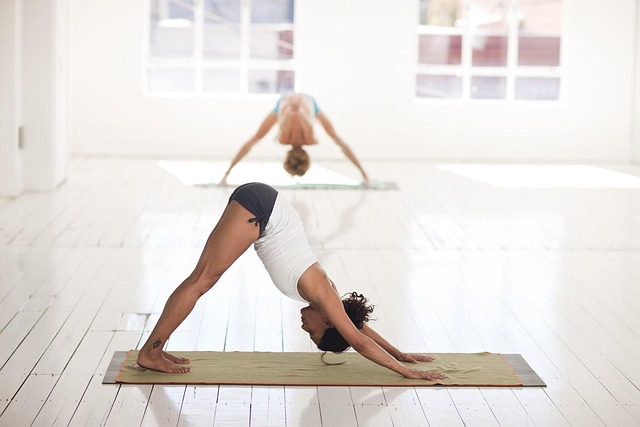Choosing a Yoga Mat for Home Exercise and Fitness
A good yoga mat can make home practice more comfortable, stable, and consistent. Whether you move through gentle stretches or more demanding flows, the right mat supports alignment, reduces joint pressure, and helps prevent slipping. This article explains materials, thickness, portability, and factors to consider for an informed choice. This article is for informational purposes only and should not be considered medical advice. Please consult a qualified healthcare professional for personalized guidance and treatment.

yoga: What type suits your practice?
Different styles of yoga require different surface characteristics. If you practice slow, restorative yoga, a cushioned, softer mat helps protect knees and hips. For vinyasa or hot yoga, tackiness and moisture resistance are important so hands and feet stay grounded during transitions. Beginners often benefit from a stable, non-slip surface with clear alignment markers, while more advanced practitioners may prioritize durability and a thinner profile for balance work.
mat materials and grip
Yoga mats come in PVC, natural rubber, TPE, cork, and recycled materials. PVC mats often offer reliable grip and durability but are less eco-friendly. Natural rubber and cork provide good traction and biodegradable options, though some users with latex sensitivity should avoid rubber. TPE is a synthetic compromise—lighter and more recyclable than PVC but variable in performance. Grip depends on both material and surface texture; a textured top layer can improve traction during sweaty sessions.
exercise comfort and thickness
Thickness affects joint support and stability. Standard mats are about 3–4 mm thick and balance cushion with firm ground contact for standing poses. Thicker mats (5–8 mm) add comfort for seated or restorative practices and for home exercise that includes floor work, but may reduce stability for balancing poses. Travel mats (1–2 mm) prioritize portability over cushioning. Consider your usual exercises: heavier cushioning for frequent floor-based movements, thinner mats for balance-focused routines.
fitness goals and portability
If your overall fitness routine mixes yoga with bodyweight training, choose a versatile mat that withstands friction and repeated movement. Lightweight, quick-dry mats are helpful if you carry a mat to classes or outdoor sessions; denser, heavier mats often stay put better on floors at home. Weight, rolled size, and whether a mat fits in your typical storage or bag are practical aspects that affect how likely you are to use it consistently for fitness and exercise.
home care and longevity
Cleaning and storage impact a mat’s useful life. Most mats need regular wiping with a mild soap and water solution and air-drying away from direct heat. Natural materials like cork may require gentler cleaning and dry thoroughly to prevent mildew. Rotate or flip your mat occasionally to distribute wear, and store it rolled with the top side out to reduce curling. Inspect seams and edges periodically; mats that delaminate or lose texture likely need replacement for safe practice.
| Product/Service Name | Provider | Key Features | Cost Estimation |
|---|---|---|---|
| PRO Yoga Mat | Manduka | Dense cushioning, long warranty, durable PVC | ~$100–$150 |
| Align Yoga Mat | Liforme | High-grip, alignment markers, eco-conscious manufacturing | ~$120–$140 |
| Harmony Professional | Jade Yoga | Natural rubber, good traction, supports eco initiatives | ~$80–$120 |
| Premium Print Mat | Gaiam | Lightweight, affordable, printed designs, PVC blend | ~$20–$40 |
| High-Density Mat | AmazonBasics | Entry-level, supportive foam, budget-friendly | ~$15–$30 |
Prices, rates, or cost estimates mentioned in this article are based on the latest available information but may change over time. Independent research is advised before making financial decisions.
Conclusion
Choosing a yoga mat for home practice involves balancing material, thickness, grip, portability, and care. Match the mat to your style of yoga or exercise, consider any sensitivities to materials, and think about how often you’ll transport or clean it. Paying attention to these factors helps select a mat that supports both daily fitness routines and long-term comfort.






